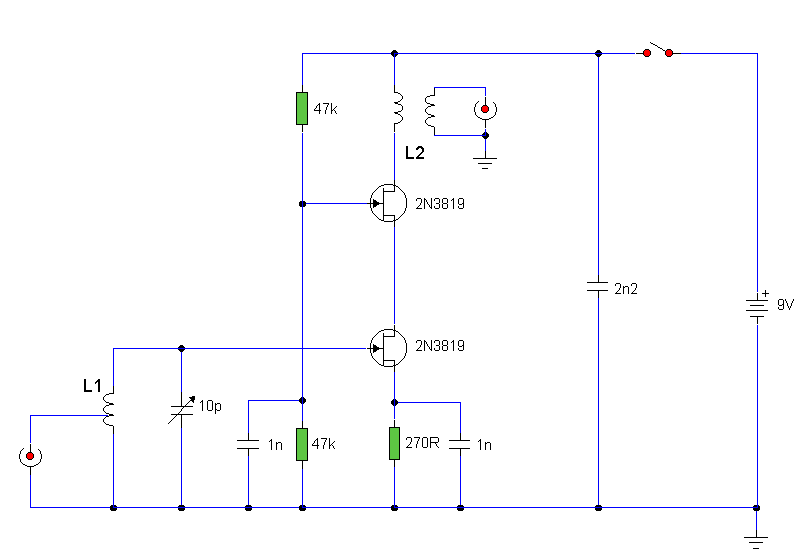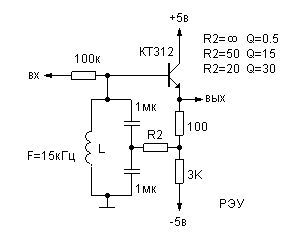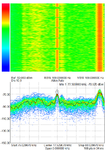micman
Member level 1
Hi, I want receive dcf77 at 77.5Khz
But at 79Khz I have strong signal noise. I need a band pass filter of bandwith 100Hz max.
I think to use the classic circuit preamp with cascade jfet and in the drain the LC resonant circuit (L with troid toroids.info/T50-3.php ) .
example this circuit

I select cascate jfet because I need very high impedence in output for LC resonant circuit for have High Q.
according to you,
Can I be able to have very narrow bandwidth preamp of 100Hz?
But at 79Khz I have strong signal noise. I need a band pass filter of bandwith 100Hz max.
I think to use the classic circuit preamp with cascade jfet and in the drain the LC resonant circuit (L with troid toroids.info/T50-3.php ) .
example this circuit

I select cascate jfet because I need very high impedence in output for LC resonant circuit for have High Q.
according to you,
Can I be able to have very narrow bandwidth preamp of 100Hz?

